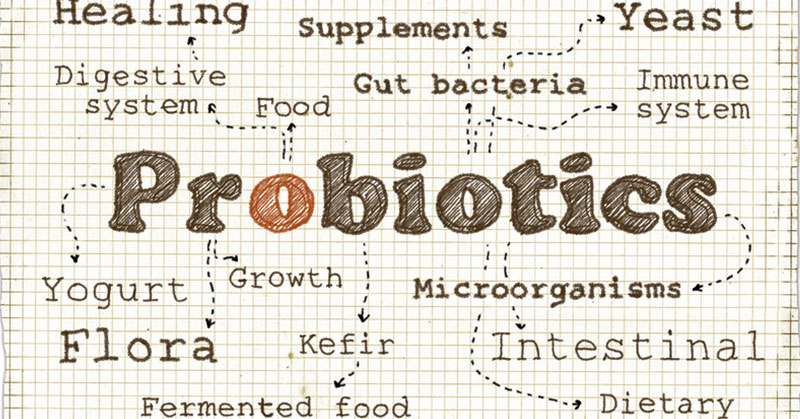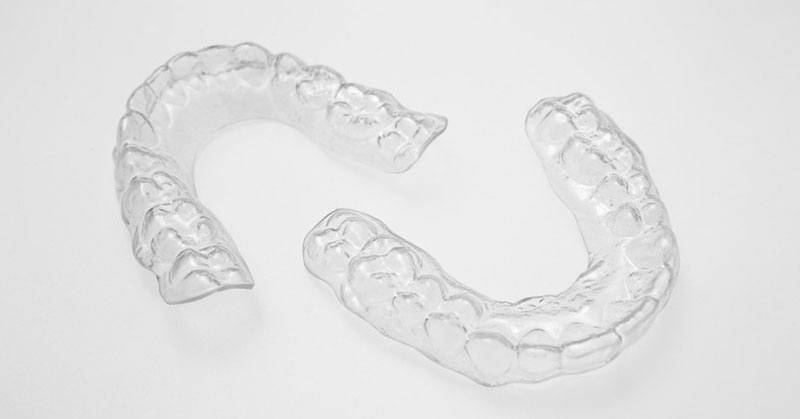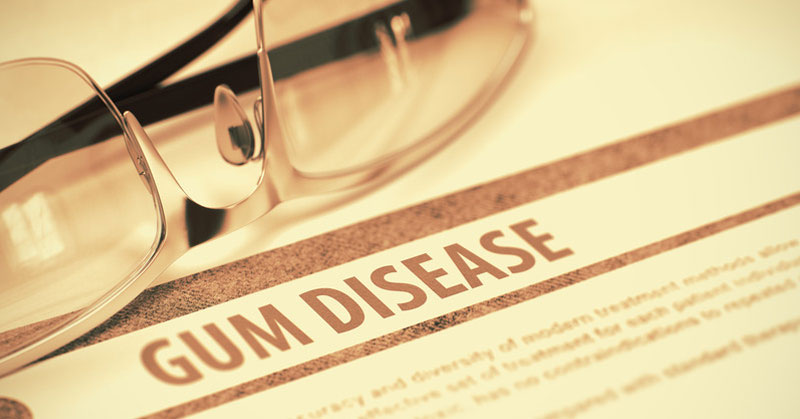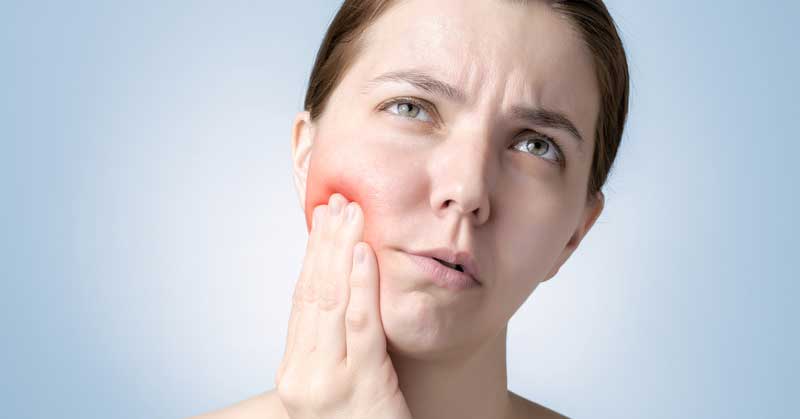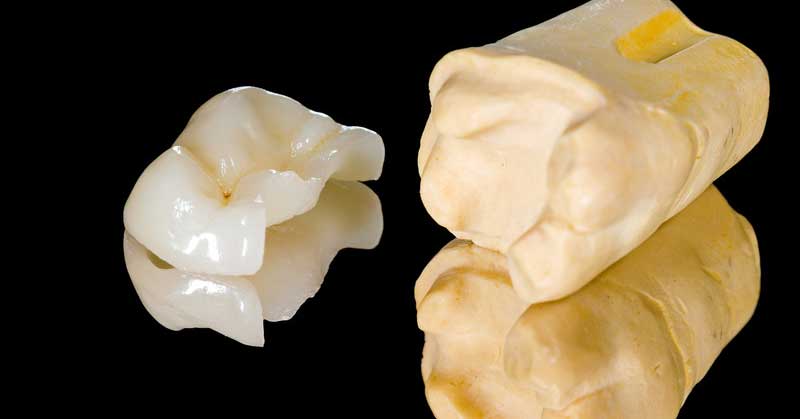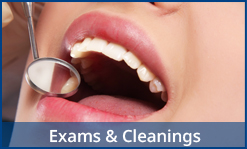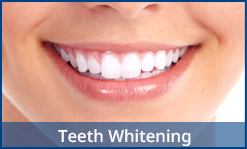Balance is important in virtually every aspect of life. The same holds for our bodies, where it’s vital to maintain a balanced mixture of the microbes necessary to help protect us from germs, produce essential vitamins, and break down the food we consume into energy. The mouth is also home to a host of microbes, all of which work in balance to keep our teeth and gums healthy and disease-free.
One method of encouraging the growth of good microorganisms inside our mouths is through the use of oral probiotics, which provide a variety of benefits, including:
- Reducing gingivitis and gum disease
- Reducing bad breath
- Boosting our immune system
- Remineralizing the enamel of your teeth
- Balancing pH levels in the mouth
- Encouraging the healthy flow of saliva, eliminating dry mouth
Oral probiotics are contained in a variety of foods, including yogurt, sauerkraut, buttermilk, kefir, and sourdough bread, among others.
In addition to oral probiotics, there are other effective ways to keep your oral microbiome balanced and healthy, including:
- A daily oral health regimen that includes brushing and flossing. Bacteria easily and quickly builds up on your teeth, which means it’s important to remove it every day. And don’t forget to floss to remove the bacteria that accumulates between your teeth, where a toothbrush doesn’t reach.
- Regular dental visits. No matter how diligent you may be concerning your daily routine, you’ll never be able to altogether remove all the plaque and tartar that builds up on your teeth. Only a dental professional can do that.
- Eat a healthy, balanced diet each day. The most important thing you can do to keep your oral microbiome balanced is to enjoy a healthy diet every single day. Avoid food with too much sugar, and eat an abundance of fruits and vegetables.
- Avoid bad habits. Tobacco is not only bad for your overall health it wreaks havoc with your oral microbiome. Whether you smoke it or chew it, tobacco kills off the healthy microbes that reside inside your mouth, leaving room for the bad ones to grow. Excessive alcohol not only kills beneficial microorganisms but also gives you a “dry mouth,” which in turn creates an acidic environment that encourages the growth of bacteria.
Balance truly is the key to a healthy body and a healthy mouth. Enjoy probiotics, and a nutritious plant-based diet, avoid bad habits and maintain a regular oral hygiene regimen for a balanced oral microbiome. Your oral health, and your overall health, depend on it!

